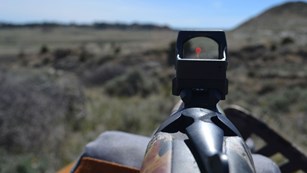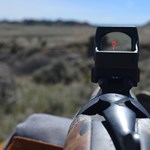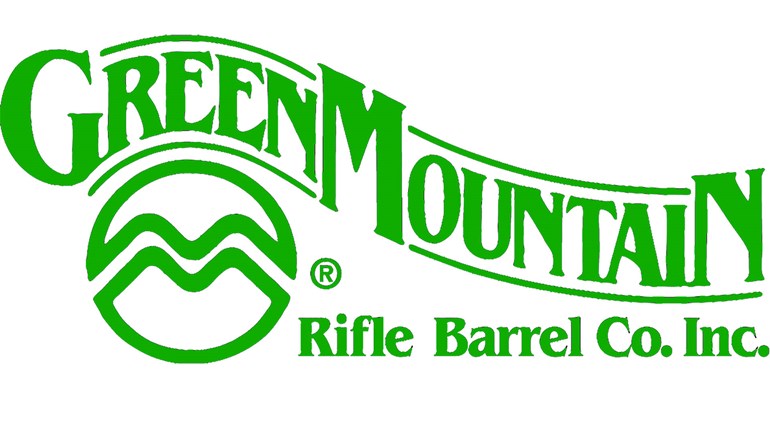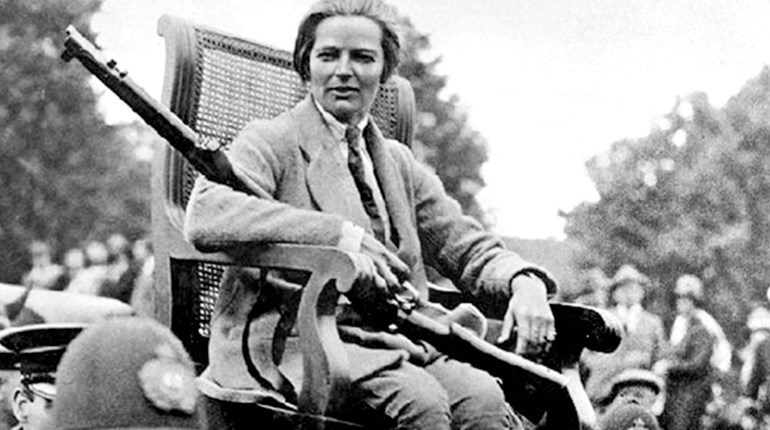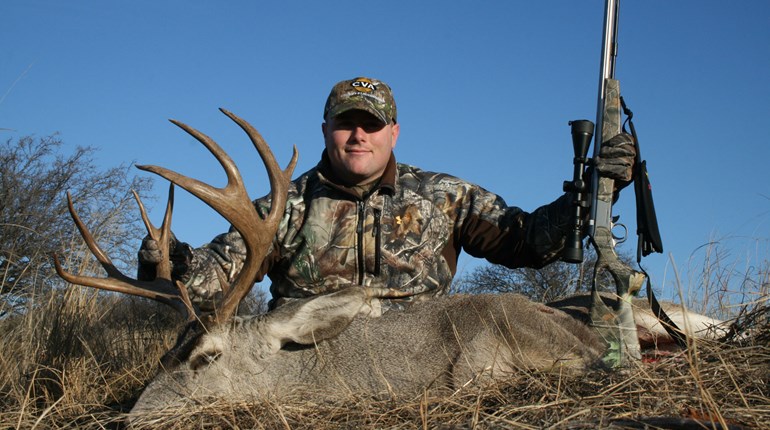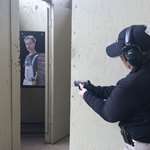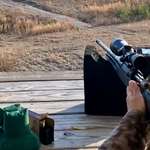
Muzzleloader. The name itself invokes an image of a primitive and difficult form of shooting compared to today’s modern firearms. While muzzleloaders do harken back to the technology of the earliest of firearms, “modern muzzleloaders” have more in common with contemporary hunting rifles than they do with hand cannons. If muzzleloaders have never been on your radar, there’s several reasons they should be:
They’re fun and challenging. Are you bored of ringing steel with your 6.5 Creedmoor at 500 yards? Time to try that feat with a muzzleloader. The cloud of smoke that appears when you touch off your shot will be almost as satisfying as the clang that says you’ve connected down range.
They are not restricted like firearms that use self-contained cartridges. In most areas, muzzleloaders are not considered “firearms” that require a trip to the dealer and a background check. They can be shipped to your door and are legal to own in some areas that prohibit more modern firearms.
Using a muzzleloader extends your hunting season. Many states have special early and late seasons that are exclusively for muzzleloaders. Additionally, in more populated areas, hunting is sometimes limited to bows and muzzleloading firearms. That means a muzzleloader gives you more opportunities to get outside and put meat on the table.
Innovations in muzzleloading technology (no, that’s not an oxymoron) have exploded over the past two decades. Nothing proves this more than my recent trip to the CVA/Bergara Long Shot event. Muzzleloader manufacturer, CVA had on hand two rifles, their Paramount and Accura. These will dispel all of the misconceptions you may have about black powder firearms. So, if you’ve passed muzzleloaders by because of their perceived difficulties and limitations, now is a good time to give them a second chance. Now, I’ll put the muzzle on seven misconceptions about modern muzzleloaders.

Right image Photo Courtesy BPI
1. Aren’t muzzleloaders the old guns that they used in the Revolution/Civil War/Wild West?
Short answer: Yes … and no.
For hundreds of years, muzzleloading guns were indeed the firearms of choice. You’ve seen them used in movies—a frontiersman shouldering a long, wood stocked rifle, the click of the hammer falling, an explosion of sparks and smoke with a loud boom that rocks the hunter back. The loading process of these historic firearms is the same as modern muzzleloaders: put the projectile and propellant into the muzzle end of the barrel, and ram them home. However, that’s where the similarities end. This is not to disparage the history, heritage and art form of traditional muzzleloaders or to say that shooting this type of firearm isn’t a fun experience, but today’s muzzleloaders are vastly different. In fact, they are much like using a modern cartridge-firing rifle.
Most modern muzzleloaders look like contemporary cartridge-firing firearms and use much of the same technology. CVA’s Accura, Optima and Wolf lines of muzzleloading rifles use a break-open action (you still load them from the muzzle, but insert the primer on the back end) that is very similar to a modern single-barrel shotgun. Their Paramount rifles use a bolt action design based on Bergara’s cartridge firing rifles. Contemporary technology also finds its way into the stocks, triggers and sighting systems of modern muzzleloaders, so if you’re used to using a cartridge-firing hunting rifle, the transition to a modern muzzleloader will be an easy one.
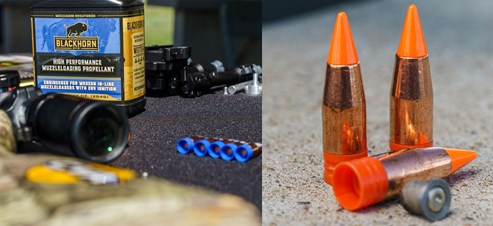
Photos Courtesy BPI
2. I’ve heard it’s complicated to shoot muzzleloaders with all that measuring of powder and ramming of bullets down the barrel.
Loading a muzzleloader may seem complicated, until you break it down into simple steps. You can think of it as building the cartridge in the barrel of the firearm. You have three main components—bullets, powder and primer. Powder is pre-measured out in the appropriate amount and gets poured into the muzzle-end of the barrel. Then you start a bullet into the muzzle. Using the ramrod, you push the bullet down the barrel all the way until it seats on the powder. The last step is to place a primer in the breech of the action. Now you’re ready to fire. The primer is struck to ignite the powder and fire the bullet, just as it does in a modern self-contained cartridge. What makes the muzzleloader special is that it fires one shot, and then you have to repeat the above process before you can fire again. See the loading of the CVA Paramount demonstrated here.
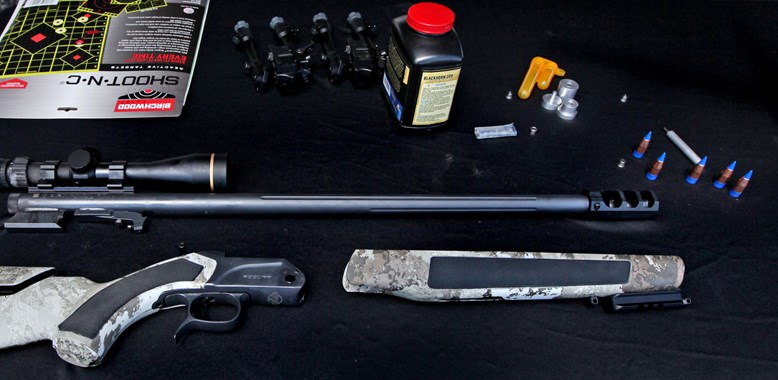
3. Isn’t it difficult and messy to clean a muzzleloader?
Muzzleloaders utilize a type of powder that leaves a corrosive residue in the barrel when it is fired, meaning you need to clean them thoroughly every time you shoot them. With most traditional muzzleloaders the part that plugs the breech end of the barrel is not readily removable, so the cleaning, like the loading, all happens through the muzzle end. When disassembling a traditional muzzleloader for cleaning, you may encounter pins, wedges and screws holding it together—things you’ve never dealt with when servicing your modern firearm.
With modern muzzleloaders, disassembly is simple—in the case of CVA’s rifles, just like a break action shotgun or bolt action rifle. The breech plugs on modern muzzleloaders are easily removable, meaning that cleaning is a simple and straight forward affair, using a cleaning rod from the breech end just like you would with a cartridge-firing rifle.
The biggest innovations in modern muzzleloaders are the propellant and bullets they use. While modern substitutes for the traditional black powder are still corrosive and require you to thoroughly clean your gun, they are not nearly as dirty or smelly as traditional black powder. CVA recommends using Blackhorn 209 powder with their rifles. Muzzleloaders that shoot traditional black powder can become difficult to load after a few shots and require a quick swab with a patch. The CVA muzzleloaders I used at the Long Shot event went over 100 rounds through the course of the day without a cleaning, remaining accurate and easy to load the whole time.
Unlike traditional, all-lead round or conical projectiles, modern muzzleloaders use a jacketed bullet very similar in design to what is loaded in the ammunition of centerfire rifles. These bullets go right down the barrel after the powder charge, with no cloth patch or lubrication required. The Power Belt bullets that CVA recommends are copper jacketed and do not use a plastic sabot, meaning they don’t foul the bore worse than the bullet used in centerfire hunting ammunition.
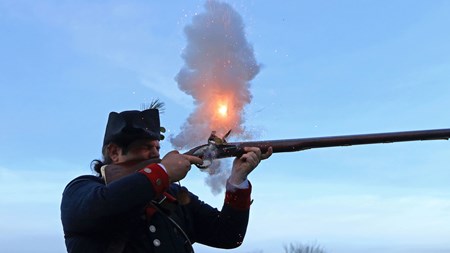
4. With all those sparks and flame, is it safe to shoot muzzleloaders?
For many people, the image they see when they picture firing a muzzleloader is a flintlock musket igniting with its tiny explosion of sparks and flame right near the shooter’s eye. With modern muzzleloaders this ignition process is all contained within the breech mechanism of the action.
Traditional muzzleloaders typically have a hammer that is left in a “half-cocked” position for safety and then must be fully cocked to fire. A traditional muzzleloader should be de-primed before the hammer is safely lowered. With CVA’s Accura, Optima and Wolf muzzleloaders, the hammer stays safely in the forward position and is only cocked when you’re ready to fire. The rifles have a hammer block safety so that you can safely lower the hammer on a primed load. The Paramount, with its bolt action design, uses a thumb actuated safety located at the rear of the bolt, just like most modern cartridge-firing bolt action rifles. It can be safely carried cocked with the safety on and the safety is easily slipped off with your firing hand when you’re ready to take your shot.
But what if you haven’t fired your muzzleloader, but need to unload it at the end of a long day’s hunt? That removable breech plug that makes cleaning so easy with a modern muzzleloader also makes unloading a snap. Just remove the plug and use the ramrod from the breech end to push the powder and bullet out the end of the muzzle. The open bore can now be inspected for safety.
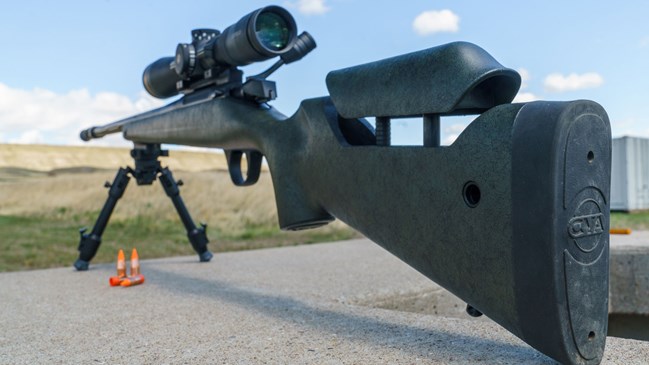
Photo Courtesy BPI
5. Muzzleloaders are long and heavy with a hard kick.
The Brown Bess musket, as used on both sides of the Revolutionary War, stretches out to nearly 5’ long and is 9 lbs. of wood, steel and brass. CVA’s Accura, Optima and Wolf muzzleloaders come between 6 and 7 lbs., without an optic. Physics tells you that lighter weight means more recoil, but this is mitigated through modern stock designs and materials. While traditional muzzleloaders often transmit their recoil to the shooter through wooden stocks, sharp cheekpieces and narrow metal buttplates, modern muzzleloaders use well-designed synthetic stocks with ample recoil pads just like a modern high-power hunting rifle.
Muzzleloaders like the CVA Paramount are designed to be used with a “magnum” charge of powder, but with the Paramount’s extra weight and modern stock design, recoil is as manageable as a .30-06 Springfield or 7 mm Remington Magnum hunting rifle.
Several of CVA’s muzzleloaders feature a threaded muzzle on the barrel that allows for the attachment of a muzzle brake, like the one the company offers. This device vents gas to the sides to help dissipate the force of the explosion when the gun is fired. This helps further dissipate recoil. Check out the recoil of a muzzle brake-equipped Paramount here. Going multiple shots with the Paramount or Accura, equipped with and without muzzle brakes, was not an unpleasant experience for any of the female shooters at the Long Shot event.
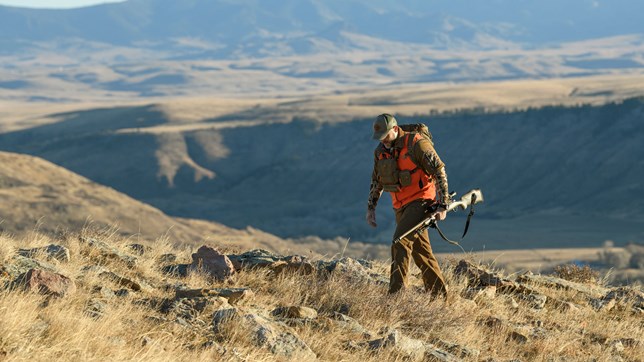
Photo Courtesy of BPI
6. Can you hunt with a muzzleloader? Are they reliable?
Yes, very much so. In fact, muzzleloader hunting is on the rise. Some states reported over a 15 percent increase in deer taken with muzzleloaders last year. Most states have a rifle season that lasts just a few weeks. Before and after that season are early and late muzzleloader seasons. Hunters wanting to get a jump on getting in the woods to have a better chance at getting a deer can take advantage of this early season with a muzzleloader. If you come up short during rifle season, you still have late muzzleloader to fill that tag.
While hunting with traditional muzzleloaders, like a traditional bow, offers both its challenges and rewards, modern muzzleloaders are a good way for a hunter who is experienced with modern cartridge rifles to move into another field of hunting.
Modern priming systems, propellants and enclosed actions mean that a modern muzzleloader is very reliable, even in adverse weather conditions. In hundreds of rounds sent down range at the Long Shot event, none of the CVA muzzleloaders failed to fire.

7. Sure, but are muzzleloaders only accurate and powerful enough to hunt at close ranges?
While watching re-enactors blaze away at each other at softball pitch range and realizing that lots of people actually survived these encounters might make you doubt the range and effectiveness of muzzleloaders. But, once again, modern innovation means muzzleloaders can go the distance. Smooth bores and round projectiles aren’t exactly conducive to long range performance, but the modern propellant and projectiles that make modern muzzleloaders so easy to load and clean also make them flat shooting and accurate at long ranges.
At the Long Shot event my fellow shooters and I had no problem ringing 8” steel plates at 300 yards with the Accura and Paramount. CVA spokesman Tony Smotherman, said that the previous day his crew had been dialing the rifles in at 600 yards at Bergara’s nearby long-range shooting facility. At 500 yards the Paramount in .40, .45 or .50 caliber retains as much energy as modern long-range cartridges, like the 6.5 Creedmoor or .308 Winchester. Modern muzzleloaders are set-up to have telescopic sights mounted on them and have stock designs that make using an optic easy. Muzzleloaders like these make 300+ yard hunting shots not only possible, but ethical.
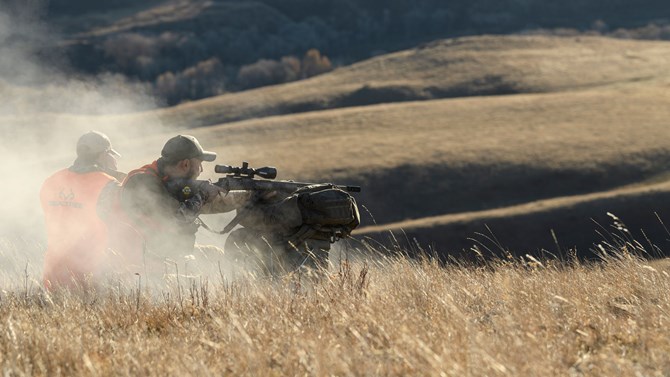
Photo Courtesy of BPI
8. You make some interesting points, but I’m still not sure.
Still not convinced you’re ready to take the jump into the world of muzzleloaders? Get some hands-on experience with a certified instructor at an NRA-NMLRA Basic Muzzleloading Shooting Course. Find a class near you here.






